 Health
Health
Did you know that women experience strokes differently?
Ignorance of stroke symptoms and risk factors are often one of the leading causes of death in women.
Here's what you need to know.
Read also: What your brain warns you about: 10 signs that a stroke is imminent
If you're at risk of a stroke, remember a simple test that can save your life.
The “IMPACT” algorithm will help you quickly recognize the symptoms of a stroke.
The letter U means a smile, it is curved, which causes the face to be skewed, D is movement, weakness or numbness in one hand, A means articulation, a person's speech is impaired and sounds strange, P is a solution that is necessary call an ambulance urgently.
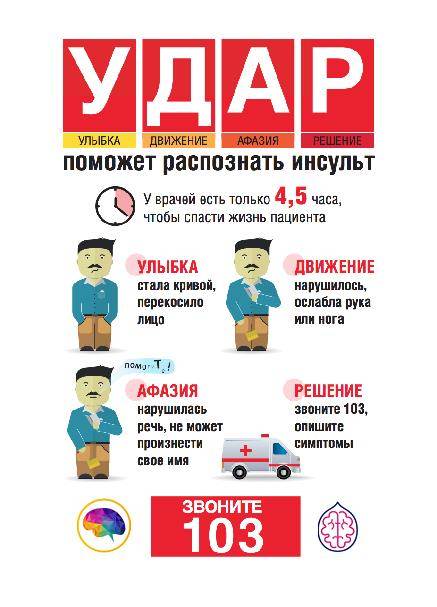
But there are also less obvious signs of stroke, which are most common in women. Scientists do not yet know the exact reason why stroke symptoms may differ in women, but there is speculation that this is due to hormones.
The first symptoms of a stroke in women
1. Fainting or seizures

A simple fainting can result in a stroke if a woman does not pay attention to it. Women are more likely than men to have a stroke in the back of the brain. Such a stroke interrupts blood flow to the occipital lobes, brain stem, cerebellum and temporal lobes.
If the center of consciousness located in the brain stem is affected, this can lead to fainting.
Fainting can also be a reaction to hyperventilation in any type of stroke or a reaction of fear. Seizures are also often signs of a stroke in women and are often confused with loss of consciousness.
2. Difficulty breathing
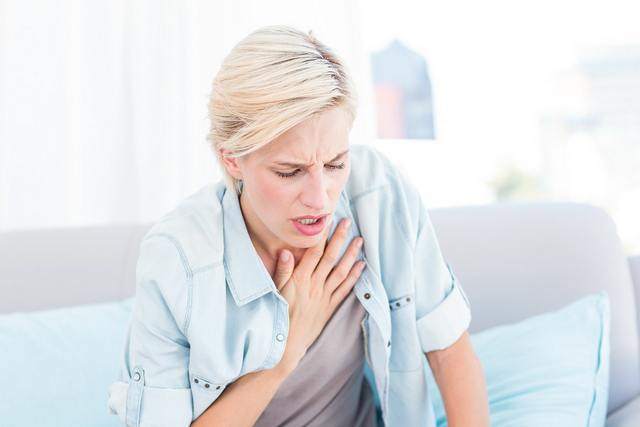
Although women think that chest pain and difficulty breathing are signs of a heart attack, this may also indicate a stroke.
This is again due to the blood supply to the brain in the area of the stem, which is responsible for respiratory functions.
After recognizing the first signs of a stroke, it is important to seek help in time, as some of them can be stopped with drugs that dissolve blood clots.
3. Hiccups

According to surveys, only 10 percent of women know that hiccups combined with chest pain are among the early signs of a stroke. This is due to the fact that blood flow in the area responsible for swallowing and breathing, along with other functions, is impaired.
The first signs of a stroke in women
4. Sudden change in behavior or anxiety

Women are twice as likely as men to show atypical signs of a stroke. The most frequent of these is a change in a woman's mental state.
Experts believe that if a stroke occurs in the back of the brain, it can affect memory and personality centers, which causes odd behavior.
Read also: How to help loved ones prevent a stroke?
5. Nausea or vomiting

A stroke in the cerebellar area can lead to dizziness, nausea, and even vomiting. In this case, problems arise when blood flow in the stem or cerebellum is impaired.
It can also be the result of an aneurysm rupture — the dilation of a blood vessel, which leads to a brain hemorrhage.
6. Hallucinations

Although vision problems are common during a stroke, women can also experience hallucinations. This is due to damage to the occipital lobe of the brain, which is responsible for interpreting visual information.
Stroke risk factors
7. Taking hormone pills

Many women are unaware that taking hormonal contraceptives or hormone replacement therapy increases the risk of stroke. At the same time, experts warn that hormonal pills double the chances of having a stroke.
Why can hormone supplementation be problematic? First, ingested estrogens can lead to blood clots.
Some women also report high blood pressure when taking birth control pills. If you're taking hormonal medications, your doctor should regularly measure your blood pressure and monitor changes. It is also worth reporting high blood pressure before taking hormonal pills.
8. Early menopause or menstruation

Early onset of menstruation or menopause may be a risk factor for women to have a stroke. We are talking about starting the first menstruation before age 10 and menopause before age 45.
Read also: 9 types of pain that indicate a problem in a completely different part of the body
The sooner a woman starts menstruating, the higher her level of other hormones she produces.
9. Complications during pregnancy
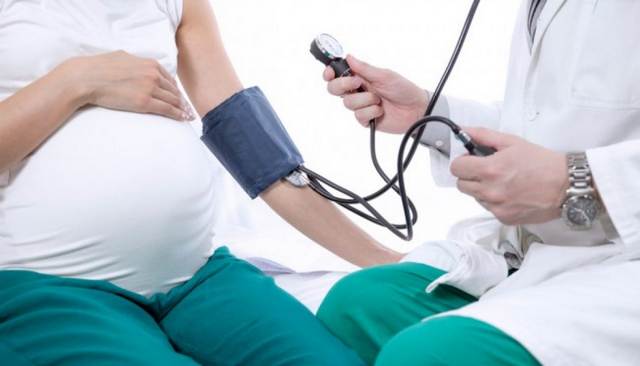
If you develop preeclampsia during pregnancy, a complication characterized by a dangerous increase in blood pressure, this increases your risk of stroke.
Another complication is that diabetes mellitus in pregnant women also indicates an increased risk of stroke.
Preeclampsia is a sign of circulatory stress and may indicate that a woman may experience hypertension later in life. Given that both hypertension and diabetes are risk factors for stroke, it is very important to monitor your health during pregnancy.
10. Multiple miscarriages
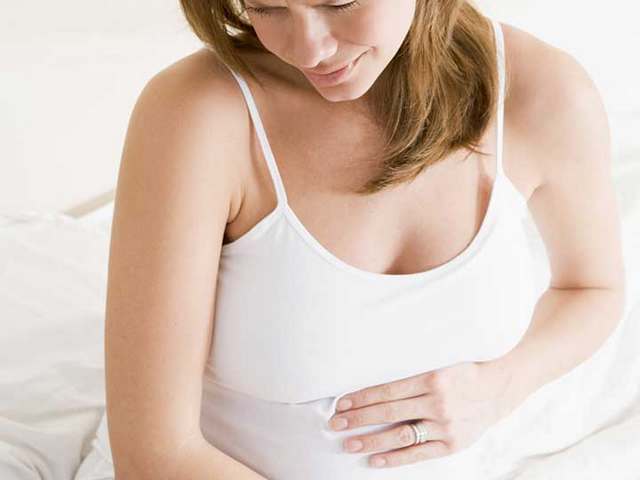
Unfortunately, failed pregnancies can predict a woman's risk of stroke if the miscarriage was caused by a blood clotting disorder.
All this increases the risk of blood clots in the heart or brain vessels, leading to a stroke. You should also pay attention if you have had blood clots in your legs before.
Harbingers of stroke in women
11. Low levels of an important hormone

The study identified another risk factor for stroke in women: low levels of dehydroepiandrosterone (DHEA). This hormone is produced by the adrenal glands and plays an important role in the production of other hormones, including estrogens and androgens.
Read also: How the body warns us about the threat of death: 5 clear signs of an imminent heart attack
12. Migraines with aura

Severe migraines are common in women. If a woman experiences visual disturbances, known as aura, this increases the risk of a stroke.
During a migraine, brain vessels narrow, and this can cause blood supply to the brain to stop.
13. Autoimmune diseases

Women are also more likely than men to develop autoimmune diseases such as lupus. Such diseases increase the risk of stroke or cardiovascular diseases. This is due to inflammation of blood vessels, which are characteristic of autoimmune diseases.
14. Mental illnesses
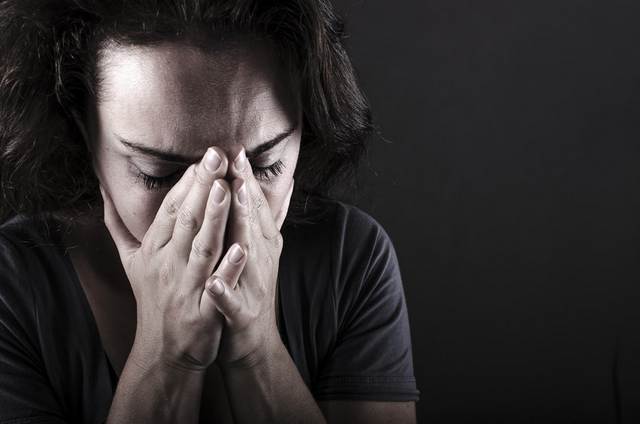
Although the link between mental illness and stroke is not yet clear, scientists do know that stress is a risk factor for hypertension and cardiovascular diseases. Given that women are more susceptible to stress, this can be one of the causes of a stroke.
One study found that increased activity in the amygdala, the area of the brain responsible for responding to stress, is associated with a higher risk of stroke.
15. Cardiac arrhythmia
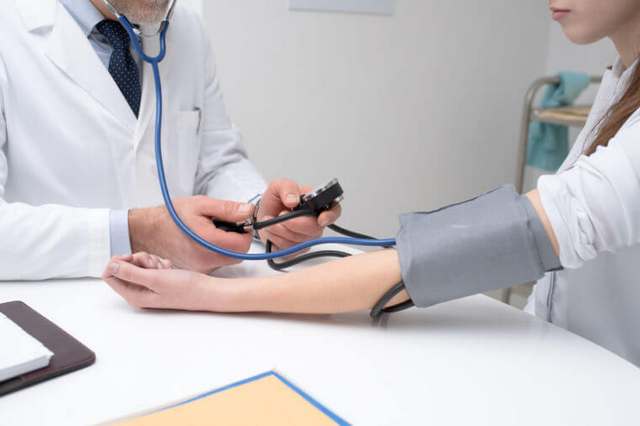
Cardiac arrhythmias are more likely to affect older women. Scientists have found that if arrhythmia is left untreated, the risk of stroke increases fivefold.
An arrhythmia leads to a blood clot in the heart, which can break off and enter the brain's blood vessel.
